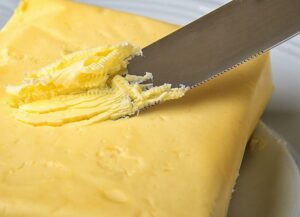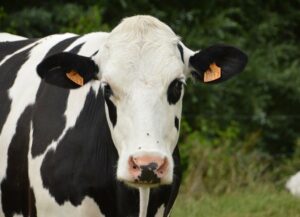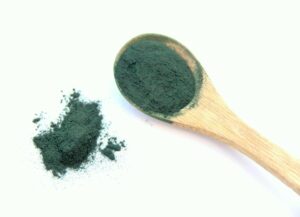Maria Villagrasa & Fernando Diaz
Vitamin E is an essential nutrient for cows, but the effects of its supplementation are often controversial in the scientific literature. The goal of a recent meta-analysis published in Journal of Dairy Science was to evaluate the effects of vitamin E supplementation and serum vitamin E levels on productive and reproductive variables of dairy cows in transition.
Methodology
Articles related to cows in transition supplemented with vitamin E were searched, and after a careful evaluation of the literature, 36 articles were selected, including 53 trials. These publications dealt with the effects of vitamin E on production [daily milk production, somatic cell count (SCC) and IgG concentration in colostrum], reproduction (from calving first heat, open days, number of services per conception and percentage of cows with membrane retention), and blood concentrations of vitamin E.
Different variables were considered that could influence the response to vitamin E supplementation: selenium supplementation (Se), vitamin E administration method, number of days treated before and after calving, number of births and breed.
Prodution performance
Milk production
The result of this meta-analysis showed that there was a trend to increase milk production during the first month of lactation as a result of vitamin E supplementation. This could be explained by the fact that vitamin E supplementation pre-calving can increase dry matter intake (DMI) through increased availability and glucose concentration, leading to increased nutrient availability for milk synthesis.
It has been demonstrated that DMI pre-calving is positively correlated with DMI post-calving. Therefore, vitamin E is expected to indirectly increase post-calving DMI. As the dose response was linear, it is suggested that higher doses of vitamin E have a greater effect on milk production.
Somatic cell counts
Some studies claim that supplementation with 3,000 IU/d of vitamin E reduces SCC. However, no effects of vitamin E were observed in this meta-analysis for that parameter.
Colostrum IgG concentration
Regarding colostrum IgG the results were variable, so it was concluded that the concentration of IgG in colostrum was not affected by vitamin E administration prior to calving.
Vitamin E blood concentration
Administration of vitamin E pre-calving increased linearly the blood concentration of vitamin E at calving.
Reproductive parameters
There is a large variation in the results of studies that investigated the effects of vitamin E on reproductive performance. This can be at least partly attributable to differences in dose and frequency of administration in cows prior to calving.
Calving to first heat, days open and services per conception
This meta-analysis showed that vitamin E tended to reduce the period from calving to first heat and that the synergy between vitamin E and Se included reproduction, so joint supplementation with these two nutrients improved the period between calving to first heat.
Similarly, supplemented cows showed fewer days open, and this improvement was affected linearly with the vitamin dosage. In addition, cows showed fewer services per conception when vitamin E dose was increased.
Fetal membrane retention
Fetal membrane retention allows pathogens to colonize and spread infections throughout the reproductive tract, thus delaying the subsequent conception. It is therefore expected that dosing cows with vitamin E and Se will stimulate the immune system before calving and accelerate the expulsion of fetal membranes. This reduces the burden of pathogens during the first 30 days of lactation, which in turn can reduce days open and services per conception.
This meta-analysis showed that cows receiving additional vitamin E had, on average, 6.1% fewer cases of retained placenta, and that supplementation with Se and breed were key factors that improved the effects of vitamin E in reducing the cases of retained placentas, which was more evident in the Holsteins.
Conclusion
The results of this meta-analysis showed that vitamin E administration to cows in transition:
- tended to increase milk production
- significantly increased serum vitamin E concentration around calving
- decreased the chances of fetal membrane retention
- reduced open days and the number of services per conception
Of the factors included in the regression model, breed, parity and concentration of Se in the diet interacted with vitamin E. Despite the participation of all these factors, the results suggest that there is a linear effect of vitamin E supplementation on milk production and reproduction.
The authors claim that supplementing up to 3,600 IU/d of vitamin E in cows in transition seems to improve milk production and reproductive performance, an effect that could be amplified by adding Se.
Reference
Mohammad Hossein Moghimi-Kandelousi, Ali A. Alamouti, Mahdi Imani and Qendrim Zebeli. 2020. A meta-analysis and meta-regression of the effects of vitamin E supplementation on serum enrichment, udder health, milk yield, and reproductive performance of transition cows. J. Dairy Sci. 103:6157–6166.
© 2020 Dairy Knowledge Center. All Rights Reserved.











